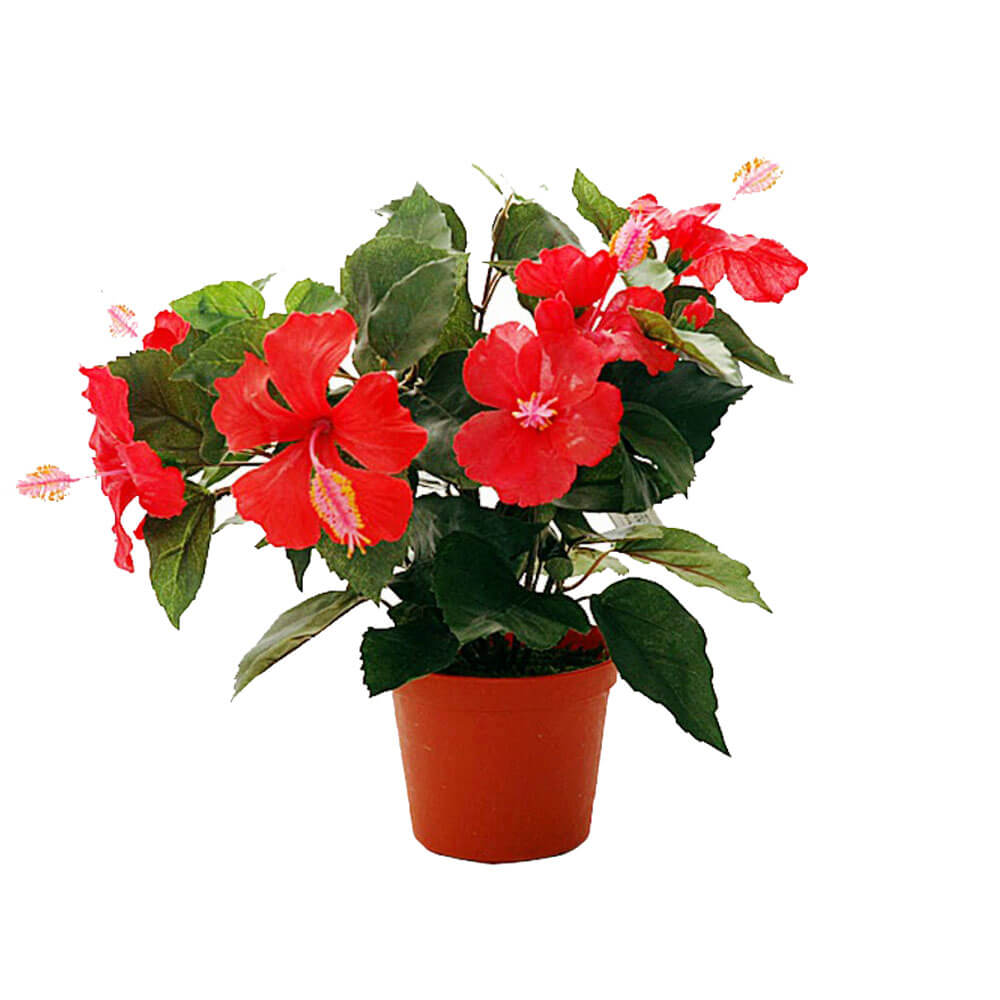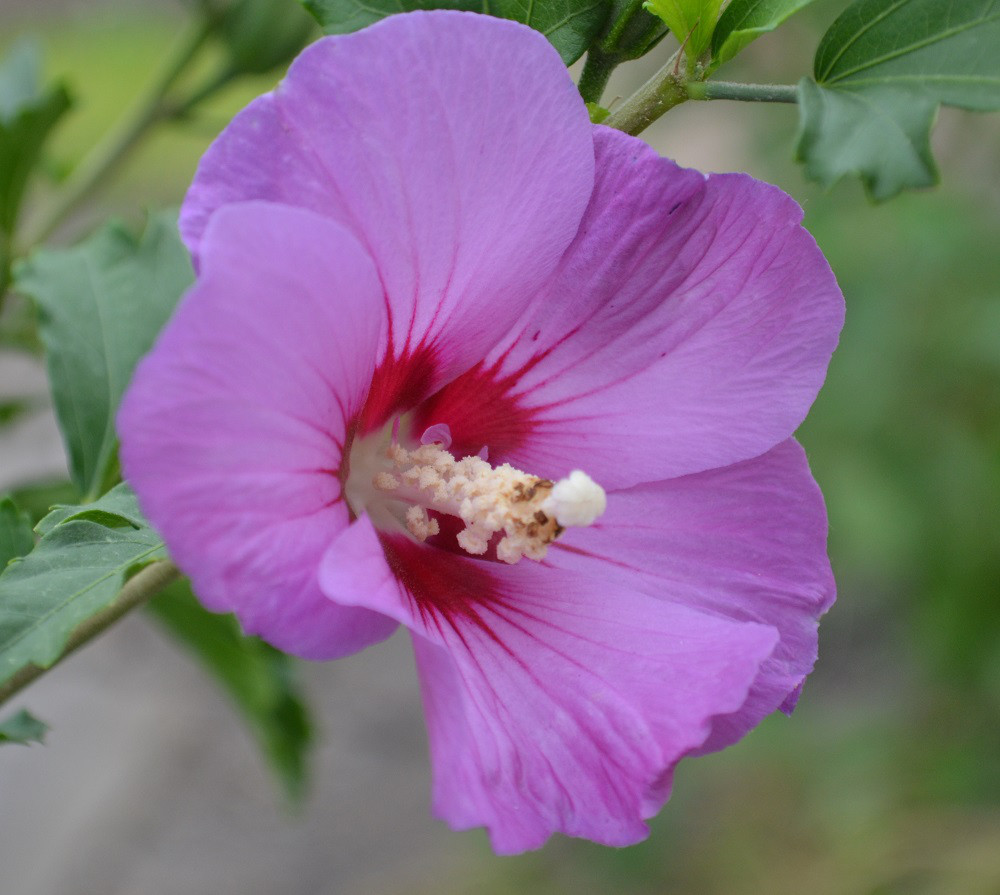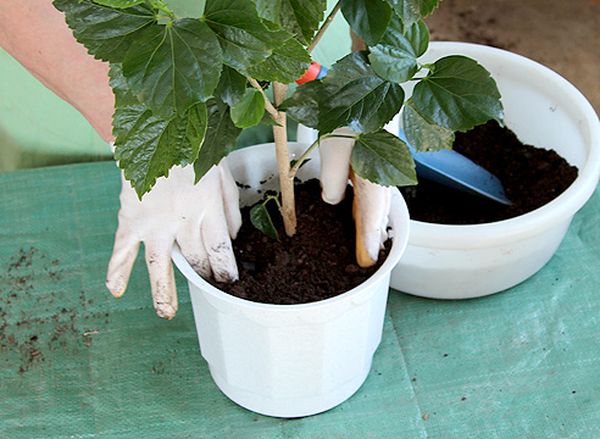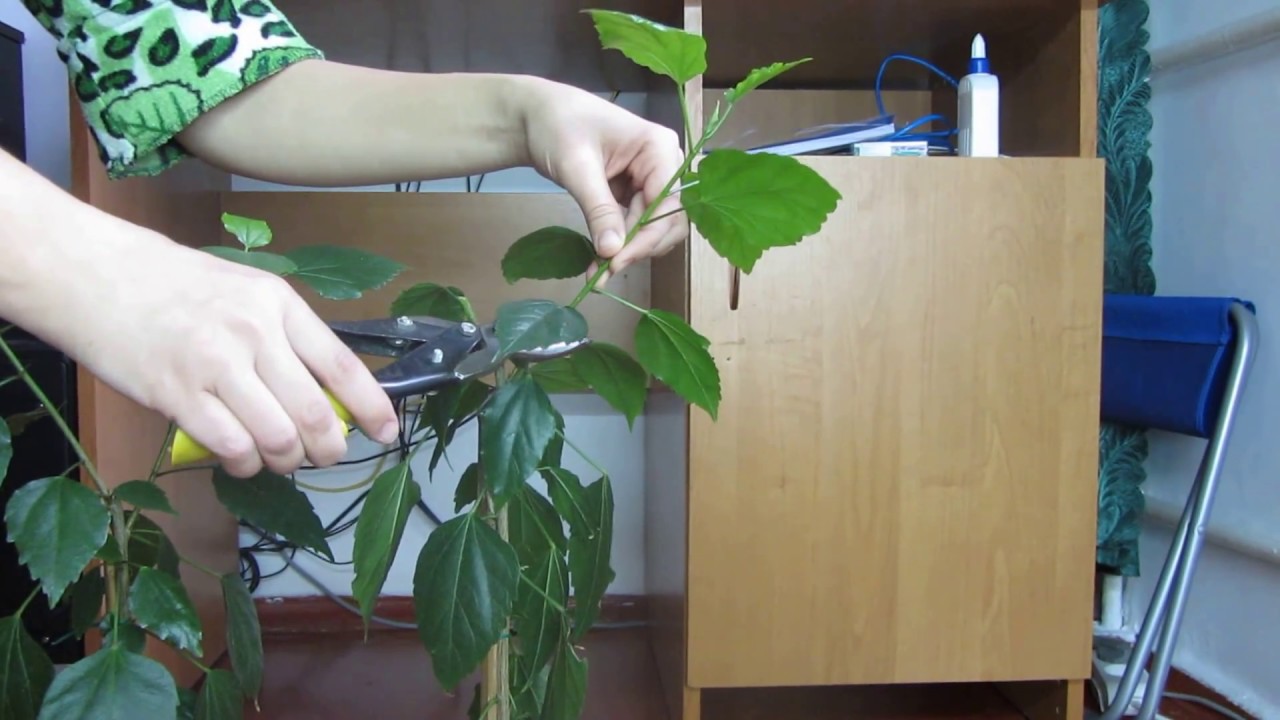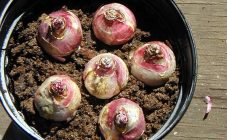Content:
Hibiscus is known as a beautiful and unpretentious plant with graceful glossy foliage and large flowers that differ in different shades. Common names for indoor hibiscus are Chinese rose or Chinese rose. It is very easy to take care of the plant at home, as it does not require special conditions. A florist with or without experience can grow a Chinese rose.
Depending on the variety, its height can be from 50 cm to 2 m. Hibiscus can be decorated with both simple and double inflorescences, as well as multi-colored and solid ones. The plant has variegated green foliage. In the process of caring for a crop at home, you can form a bonsai, a stem, or let it grow in an arbitrary direction.
General information about indoor hibiscus
The number of varieties belonging to the genus of hibiscus is more than 2 thousand. These varieties are representatives not only of shrubs, but also of herbaceous perennial plants, and trees, which require a subtropical and tropical climate to grow.
The Chinese rose comes from China, but today various types of Chinese roses can be found in the central regions of Russia. Where the culture is popular, it is used to make dyes, food and tea, and the plant is often used for medicinal purposes. The following varieties of hibiscus are often grown at home:
- Syrian;
- tropical;
- Chinese;
- hybrid.
It is worth noting that the Sunny Mix hibiscus is a national plant in Hawaii. There is a widespread belief that the flower serves as an adornment exclusively for young ladies.
Features of caring for hibiscus at home
Before the hibiscus begins to delight the household with its color, a certain period of time must pass. With proper care, the plant will bloom for more than one year. Caring for a crop at home consists of several main stages:
- The soil for planting a flower must be of high quality and correctly composed.
- Be sure to surround the hibiscus with sufficient light.
- Stick to systematic watering.
- You need to fertilize the plant in a timely manner, observing the correct dosage.
- If you wish, you can form a bush yourself.
- Be sure to fight diseases and pests.
In order to grow hibiscus at home, you must first select the correct pot for the plant. The plant does not need a planting capacity "for growth". The presence of drainage in the pot is imperative, as it helps to remove excessive moisture.
After buying a plant, it is highly discouraged to put it next to other flowers. To begin with, the culture must be examined: the stem and leaves must be in excellent condition, and the peduncles must not be affected by pests, spots, sticky substance, rot or stains.If the most insignificant and, at first glance, frivolous points, spots, yellowed leaves or cobweb were found, the hibiscus should be treated with a fungicide or insecticide.
The Chinese rose does not need a transplant immediately after purchase. Often, flower shops sell crops straight from Holland, where a special container is selected for each flower, which will contribute to abundant flowering. At the time of sale, the roots of hibiscus are usually well covered with an earthy clod. You need to plant a flower in peat, which contains growth stimulants and mineral fertilizers. Transplanting a crop into an environment that is less nutritious can kill the plant.
Planting and breeding hibiscus
Growing hibiscus by seed method is a troublesome and rather difficult task. If the planting material was purchased from a garden store, then germination rates are minimized. Best of all, only those flower seeds that have been obtained from "predecessors" can germinate. In order to get healthy seedlings, you need:
- Prepare the soil, fill the planting container with a mixture of sand and peat.
- Sow flower seeds in holes, the depth of which should be no more than 1 cm, after which the soil is well moistened. The crops must be covered using a plastic bag or glass. Place the container with a flower in a warm place, making sure that the temperature there is at least +25 degrees.
- After the third true leaf appears, the seedlings need to be transplanted into separate pots.
When hibiscus is planted by seed, its flowering begins after a year, in most cases, two years.
With regard to propagation by apical cuttings, this method is quick and simple. In order for hibiscus to take root successfully, it is recommended to use cuttings that were obtained during the process of pruning the plant. The length of the cut cuttings should be no more than 8 cm, and the sections that have been cut must be treated with a substance that promotes the formation of roots (Kornevin). To root the apical cuttings at home, they must be placed in a container of water or immediately planted in the ground. If you choose the latter method, you need to take a jar or other container and cover the pots with seedlings with it.
How to transplant hibiscus at home step by step
The first step before planting is to properly prepare the soil for the hibiscus. In such a situation, flower growers have two solutions: buying ready-made soil intended for growing a Chinese rose or preparing a potting mixture on their own at home. To do this, you need to take clay turf - 2 parts, mix it with leaf humus, earth from a site near the garden, charcoal and vermiculite.
Mix these components thoroughly. You need to plant variegated hibiscus in containers that are 3 cm deeper than the previous ones. The transplanting process is carried out with the onset of spring.
Carefully remove the hibiscus from the container; if there are dark old roots, be sure to remove them with sharp scissors or another sharp sterile object. Treat the places where the roots were cut with coal.
Further, the root system of the flower is placed in a pot closer to the drainage layer. This will help protect the roots from high soil moisture. The drainage layer, consisting of broken brick or large pebbles, should occupy at least 1/3 of the pot's volume.
Next, carefully position the plant, gradually removing or adding soil to achieve the desired position of the hibiscus in the new pot. Spread the earth evenly, filling all the remaining space. In this case, the root collar of the flower should remain at ground level.
Place the flower pot in a special tray and pour abundantly with warm water. Wait until the excess water is gone, then remove the tray. If the soil has settled a little as a result of watering, it needs to be filled up.
How to properly prune hibiscus and form a bush
Getting a beautiful form of an ornamental plant involves the formation of a shrub. The best time to do this is after the hibiscus stops blooming.
When forming a bush, it is necessary to graft the hibiscus and remove those branches that grow parallel to the trunk and go into the crown of the bush. Make the cuts, keeping the angle, with the direction of the outer edge of the bevel towards the very top of the plant.
How to prune hibiscus correctly? You need to know that the procedure for pruning hibiscus must be carried out in several stages to allow the plant to gain strength for recovery. If you cut off all the branches at once, this will provoke many unwanted diseases.
Hibiscus: home care
Like any other plant, hibiscus needs to be well looked after so that it delights the eye with its beauty. When caring for a shrub at home, the following recommendations must be followed:
- Choose the right place for comfortable culture placement. Instances at a young age should be placed on windowsills located on the west or east side. As for adult plants, they are placed by the window. If the plant is on the north side, the foliage will become faded and the hibiscus will stop flowering.
- Use only nutritious, neutral and light soil. If you make your own soil mixture, you do not need to use peat.
- It is important to know how to feed your hibiscus. In the spring season, they should contain phosphorus and potassium, in the maximum amount. The rest of the time, it is possible to use a complex balanced fertilizer for hibiscus, which is intended for those plants that are in bloom. Nitrogen should be kept to a minimum.
How to water your hibiscus properly? This is a moisture-loving flower, so it needs abundant watering, especially in summer. You need to water until the earthen lump is completely wet.
The culture belongs to lovers of high humidity, for this reason, the flower needs to be sprayed periodically, as well as pinching. During the flowering of the culture, this procedure should be performed carefully, with the exclusion of liquid getting on the flowers. Excessively dry air is fought with humidifiers or trays containing wet fillers.
For the first 4 years after planting, the plant must be replanted every year. Depending on how the home hibiscus grows, the interval between transplant procedures can be 3 years.
Having figured out how to care for hibiscus at home, any flower lover can get a beautiful tree or bush that will be distinguished by its abundant flowering and pleasing to the eye for many years. It is imperative to know that the older the Chinese rose becomes, the stronger it will bloom.
